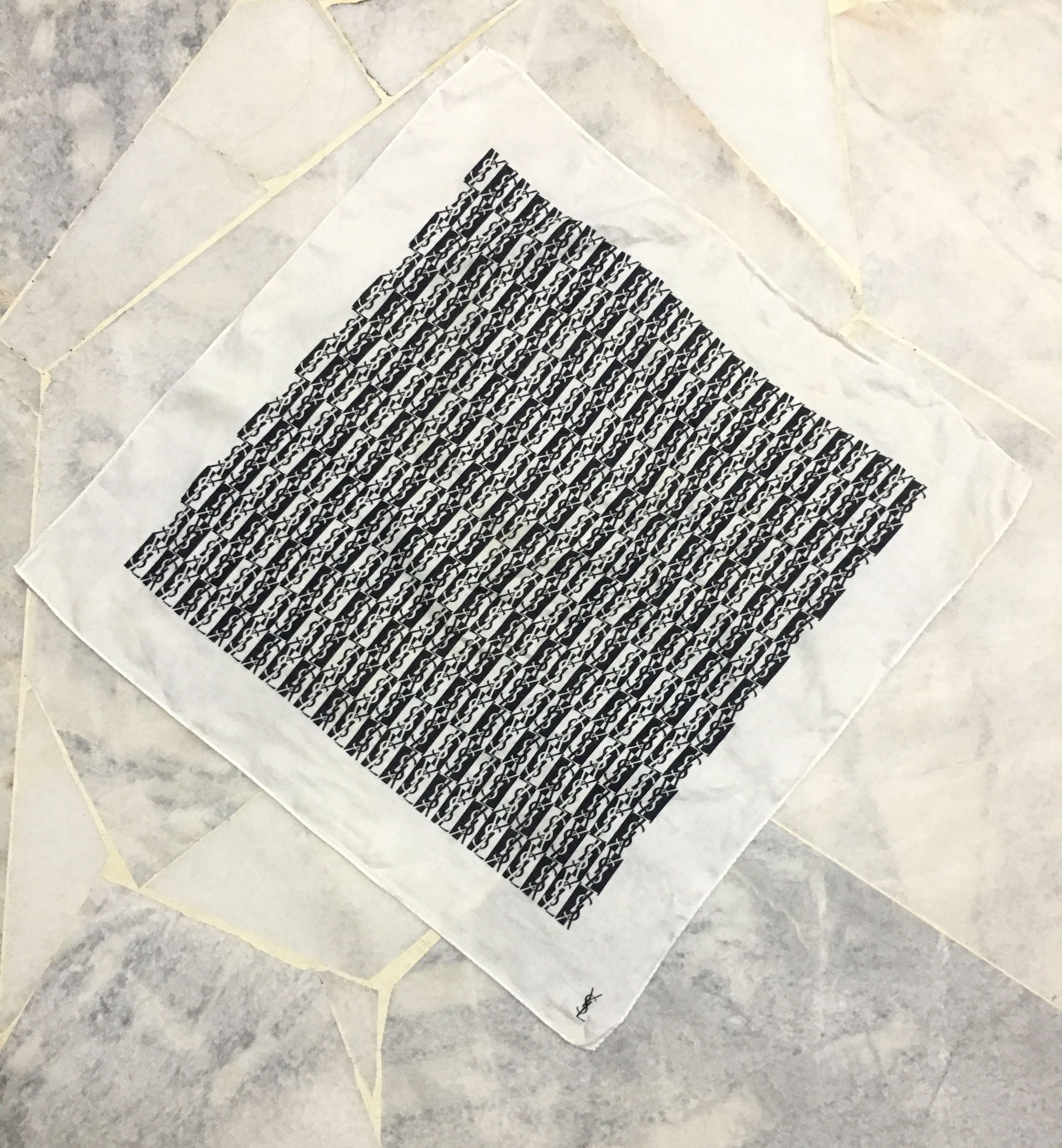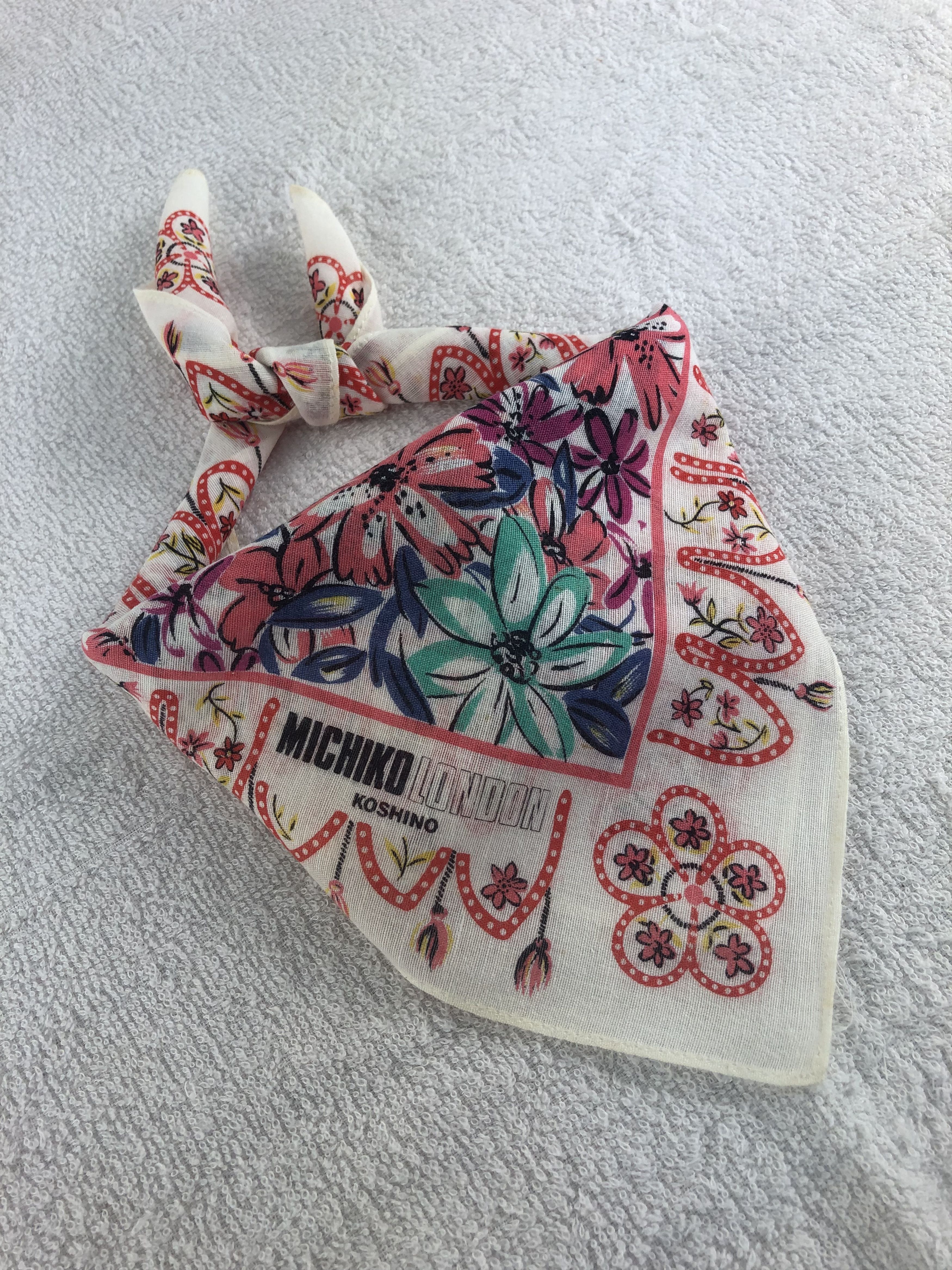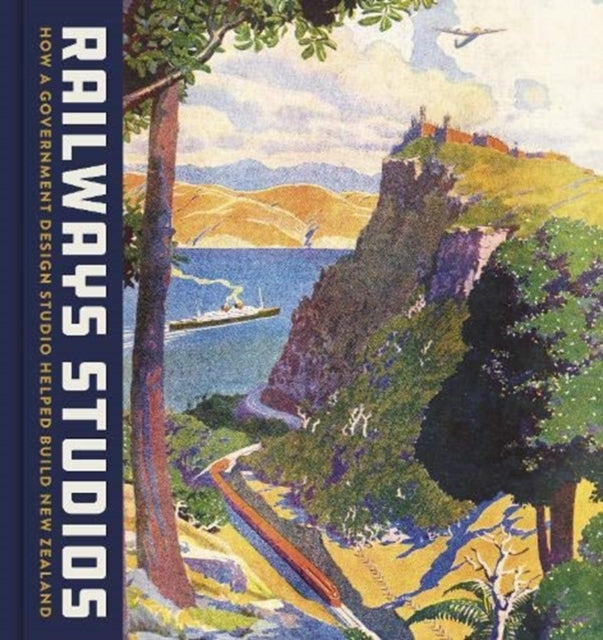
Bringing Teachers to the History Museum: A Guide to Facilitating Teacher Professional Development
 Limited Time Sale
Limited Time Sale$34.56 cheaper than the new price!!
Free cash-on-delivery fees for purchases over $99
Product details
| Management number | 201903239 | Release Date | 2025/10/08 | List Price | $34.56 | Model Number | 201903239 | ||
|---|---|---|---|---|---|---|---|---|---|
| Category | |||||||||
Museums can effectively support teacher thinking and practices through professional development, offering practical tips for starting or strengthening teacher programs.
Format: Hardback
Length: 158 pages
Publication date: 28 July 2022
Publisher: American Association of Museums
This in-depth examination of the role of museums in fostering teacher thinking and practices showcases effective strategies for teacher professional development at both sites and museums, drawing upon extensive research and evaluation. It provides valuable insights and practical tips for initiating or enhancing teacher programs, empowering educators to enhance their teaching methodologies and engage students more effectively.
Museums play a vital role in fostering teacher thinking and practices by providing unique learning environments that encourage inquiry, creativity, and critical thinking. Through interactive exhibits, educational programs, and professional development opportunities, museums offer teachers valuable resources and experiences to enhance their teaching skills and knowledge.
One of the key ways in which museums support teacher thinking is by promoting inquiry-based learning. Exhibits and programs that encourage students to ask questions, explore, and investigate provide teachers with opportunities to facilitate active learning experiences that engage and motivate their students. By encouraging students to develop their own questions and seek answers, museums help teachers develop their students' critical thinking skills and promote a deeper understanding of the subject matter.
In addition to promoting inquiry-based learning, museums also provide teachers with opportunities to collaborate and connect with other educators. Through professional development programs, workshops, and networking events, teachers can share ideas, strategies, and resources, and build relationships with colleagues from different schools and districts. This collaboration can help teachers develop new perspectives on teaching and learn from each other's experiences, leading to improved teaching practices and student outcomes.
Museums also offer teachers practical tips and resources for starting or strengthening teacher programs. For example, museums can provide teachers with curriculum materials and lesson plans that align with national standards and educational goals. They can also offer professional development opportunities that focus on specific teaching strategies, such as inquiry-based learning or cultural competence, and provide teachers with hands-on training and support.
Furthermore, museums can play a role in promoting teacher leadership and professional growth. By providing opportunities for teachers to participate in research projects, exhibit their work, and present at conferences, museums can help teachers develop their leadership skills and gain recognition for their contributions to education.
In conclusion, this theoretical and practical exploration of the role of museums in fostering teacher thinking and practices demonstrates best practices for teacher professional development at sites and museums. By promoting inquiry-based learning, collaborating with other educators, providing practical tips and resources, and promoting teacher leadership and professional growth, museums can empower educators to enhance their teaching methodologies and engage students more effectively. As museums continue to evolve and adapt to the changing needs of educators and students, they will remain an important resource for promoting lifelong learning and educational excellence.
Dimension: 229 x 152 (mm)
ISBN-13: 9781538145456
Correction of product information
If you notice any omissions or errors in the product information on this page, please use the correction request form below.
Correction Request Form












